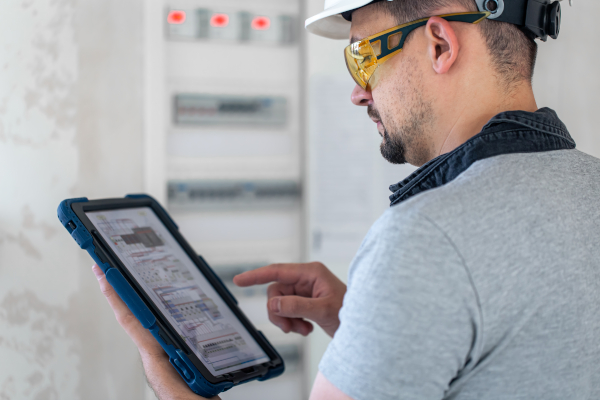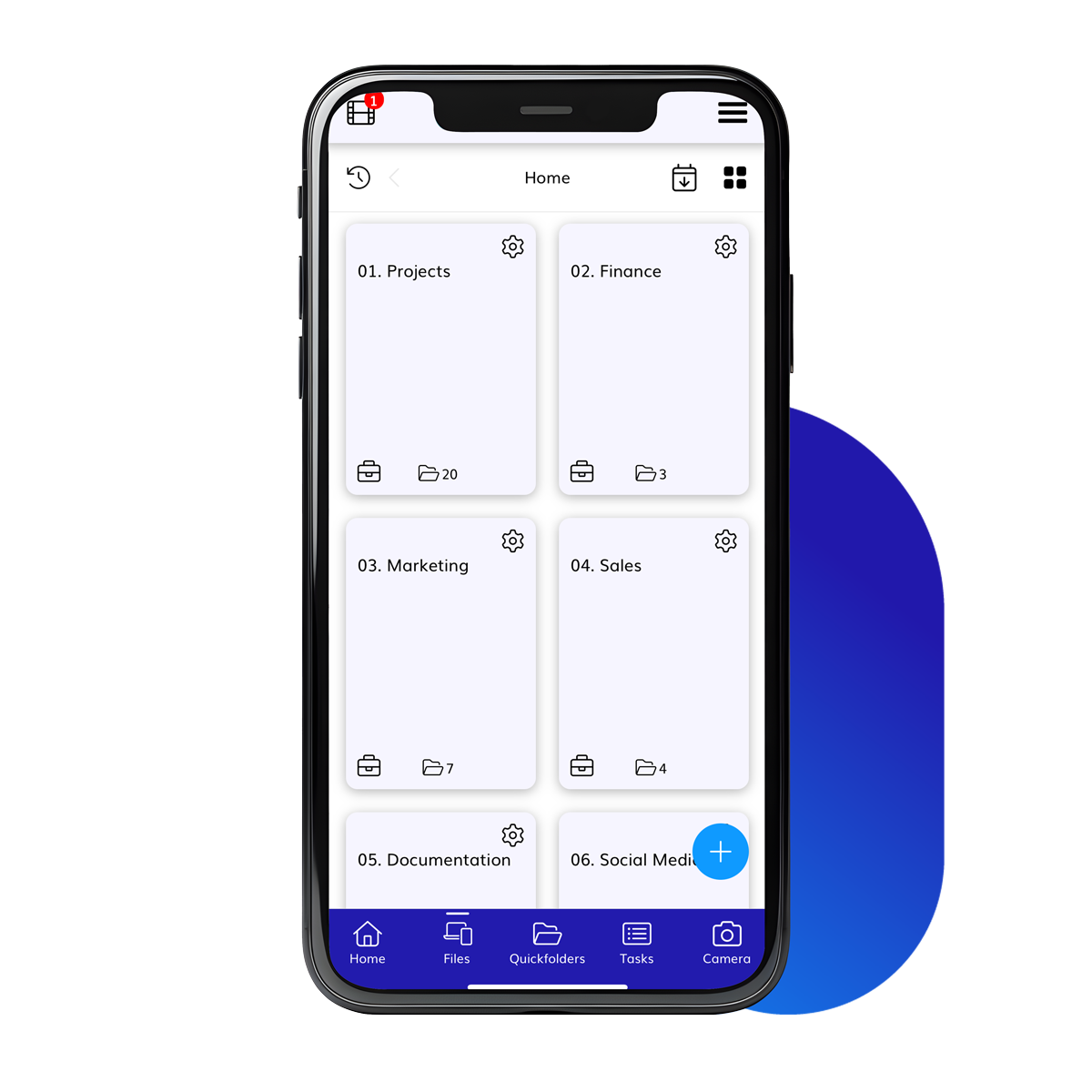Construction site photos in the installation sector: useful, but often a wasted effort
In the installation sector, photos are an important tool to document the progress of work, capture technical situations, and visually record deviations. However, photo management often goes wrong in practice: images disappear into personal galleries, cannot be found, or lack context. What is intended as evidence or a reference becomes unusable.


Common challenges
Photos are taken, but not always managed effectively. This manifests itself in:
-
Dispersed storage locations
Images are stored on smartphones, shared via WhatsApp, or end up on disorganized network drives. -
No context
Photos without description, date, or link to a specific site or work phase quickly lose their value. -
Limited accessibility
Those who need the images (e.g., project manager or administration) do not have access to them at that time. -
Time loss
Finding specific photos often takes unnecessarily a lot of time, especially when naming or structure is lacking.
Complexity due to different roles
The challenges around photo management are compounded by the fact that various employees handle images in different ways:
- Technicians on site take photos to document their work but have little time or resources to properly label or store them in the correct place immediately.
- Project managers want to use images for follow-up, communication with clients, or subcontractors, but often lack an overview or access to the material.
- Administrative staff require images for reports, inspections, or dossiers, but rely on others to provide them correctly and on time.
- Supporting services or external parties (such as subcontractors or quality control) sometimes send photos, but according to a different structure or without fixed agreements.
This fragmentation results in no clear method of operation. Each team member acts in their own way, making it difficult to work consistently or reuse images later. Moreover, there are risks of duplicate images, missing information, or incorrect interpretation.

What are the consequences?
The impact of poor photo management often only becomes apparent when images are truly needed: during complaints, internal audits, completions, or disputes. At that point, it turns out:
- That crucial images have not been stored.
- That no one knows where the photos are located.
- Or that the available images are unusable due to a lack of structure or context.
The result is frustration, loss of time, and in some cases even reputational damage or financial consequences.
Conclusion
Construction site photos are indispensable in modern installation operations, but without clear agreements and a shared method of operation, they bring more chaos than clarity. Especially in an environment where different profiles collaborate across multiple locations, managing visual information is a challenge that is often underestimated.